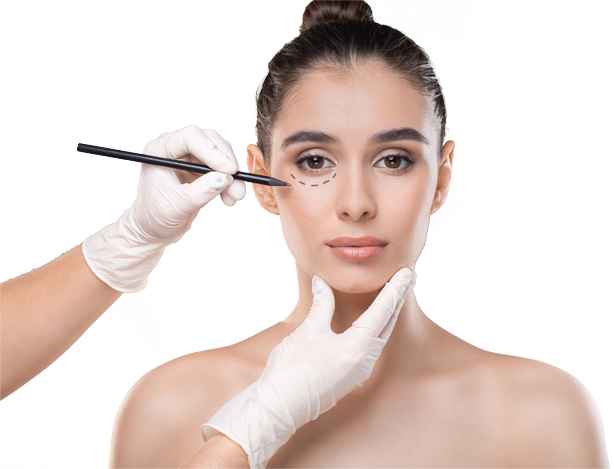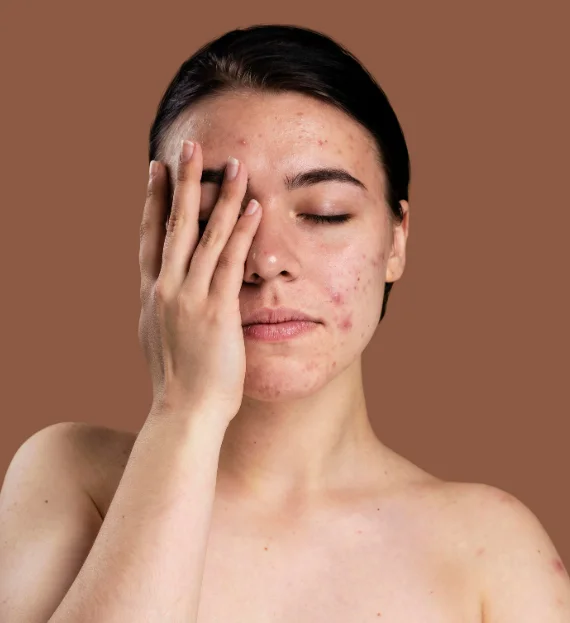Hyperpigmentation dermatosis
Uneven skin colour becomes a serious concern. One such concern is hyperpigmentation dermatosis where certain area of skin becomes darker compared to other parts. It may affect the person aesthetically and psychologically too. This happens due to increased production or deposition of the melanin, the skin pigment in affected skin area which would have been triggered by multiple reasons. It is categorized in different types as –
- Post-inflammatory hyperpigmentation caused due to inflammation following an injury, or trauma like acne, psoriasis, eczema, or allergic reactions.
- Melasma is patterned hyperpigmentation seen on female faces in butterfly shape during pregnancy, use of oral contraceptives. This must be because of hormonal imbalance.
- Age spots or Solar lentigines due to over-exposure to sun rays.
- Drug-induced hyperpigmentation is a result of certain medication’s side effect like anti-malarials, chemotherapy drugs, non-steroidal anti-inflammatory drugs (NSAID).
Depending upon the cause and severity the treatment option is recommended by the healthcare provider like topical exfoliating creams, chemical peel, laser or light therapy. Personal skin care is must to maintain the outcome of treatment for longer duration.
Faq
Frequently Asked Questions
A. Hyperpigmentation dermatosis is a skin condition where the skin becomes darker either because of increased production of the skin pigment melanin or excess deposition of it. It may be an outcome of the deposition of another kind of pigment in the affected skin area.
The different types of hyperpigmentation dermatoses are as follows –
- Melasma (females)
- Drug-induced hyperpigmentation
- Sun lentigines (age spot)
- Post-inflammatory hyperpigmentation
The causative factors for hyperpigmentation dermatosis can be listed as –
- Due to inflammatory skin condition, trauma, or injury
- Hormonal imbalance during pregnancy or peri-menopause
- On initiation of oral contraceptives
- Overexposure to sun rays – solar lentigines (age spot)
- Drug-induced hyperpigmentation (side effects)
No. The healthcare provider diagnoses the hyperpigmentation dermatosis with a visual examination of the affected area and medical history. In a rare case, a skin biopsy may be needed.
A. Hyperpigmentation dermatosis can be treated in multiple ways and it depends upon the causative factor for hyperpigmentation. Treatments can be topical creams, chemical peels, laser therapy or other light therapy, and personal skin care which includes sun protection action for maintaining the results post-treatment.
One can prevent the development of hyperpigmentation dermatosis by following simple steps–
- Avoiding the triggering factors like sun exposure or certain medication
- Practicing sun protection like wearing fully covered clothes while going out
Application of high-SPF sunscreen lotion while going out in the sun






